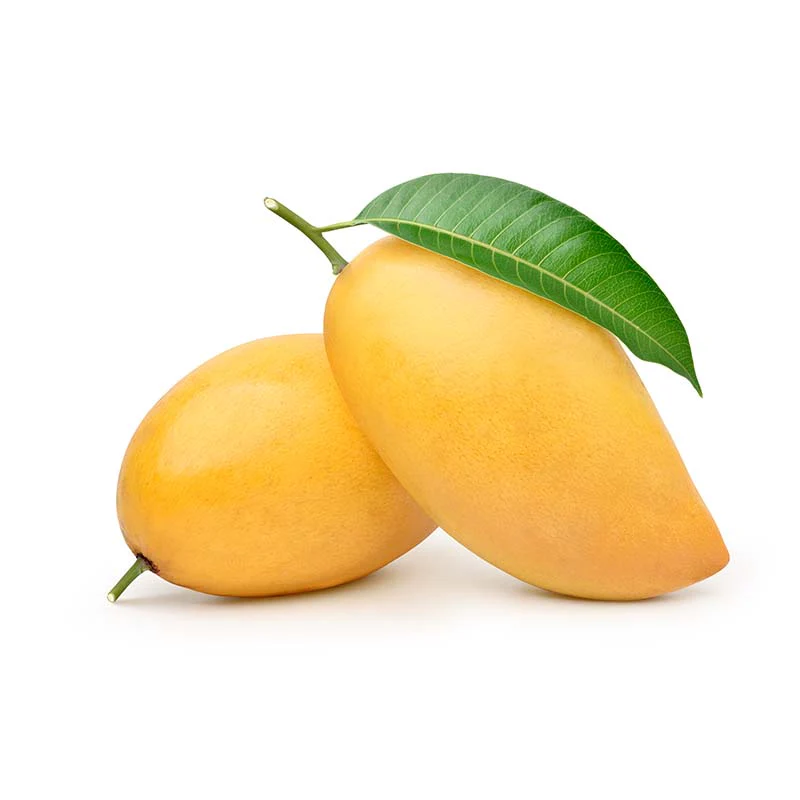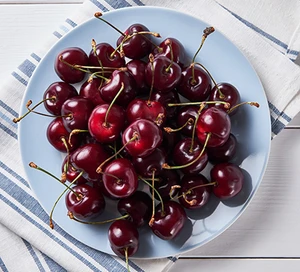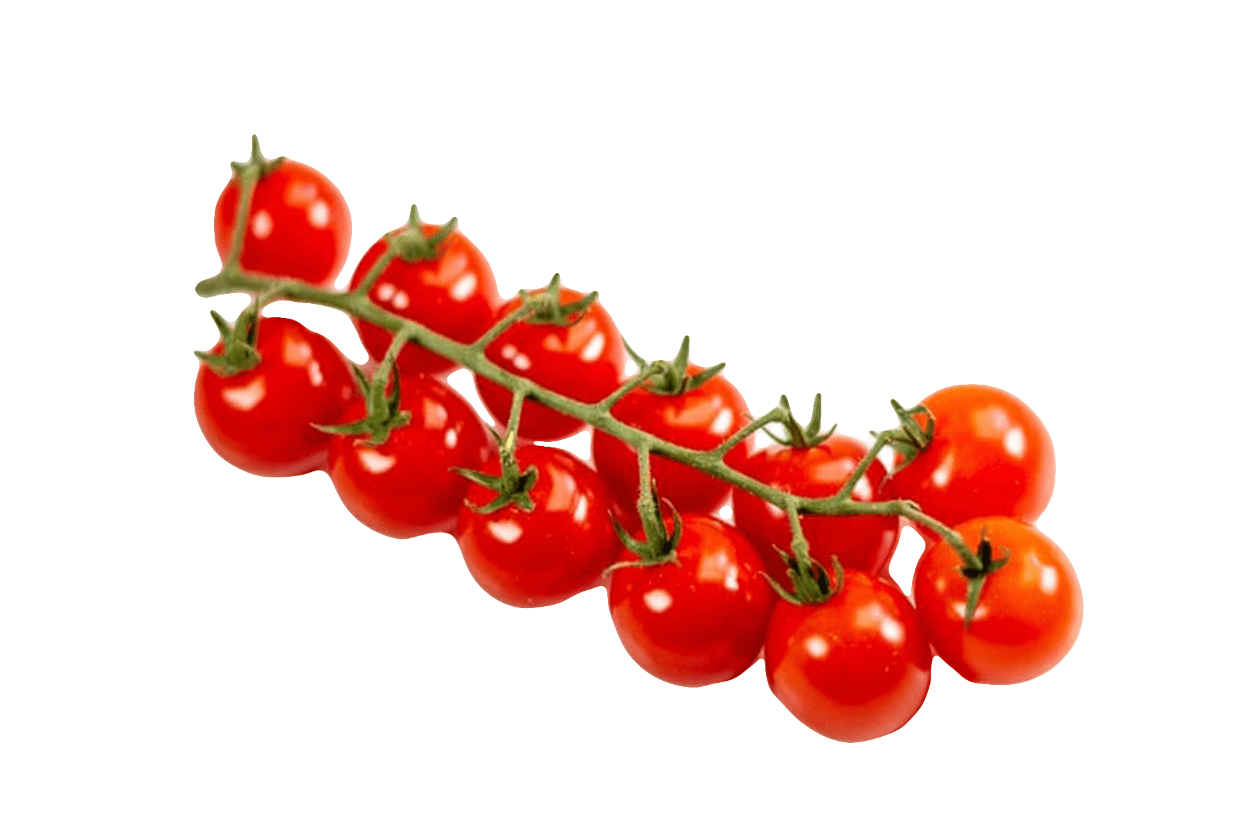As I have been learning in Food Technology, throwing away food is very unsustainable. There are a lot of safety measures to make sure we can keep the following foods less impactful and to make them more sustainable for the environment we live in. In this article, we will as a society learn about the advantages and disadvantages of the following foods that we consume daily, where they are grown, how much is wasted per person each year and how to make each of these foods more sustainable.

Mangoes
Mangoes as a fruit have many advantages:
- Have a below average carbon footprint compared to other fruits
- Need less irrigation (ie less water which is quite unusual for fruits)
- Very low pesticide usage
At the same time, mangoes also have some disadvantages:
- The mango farmers may have poor social and economic conditions as many of them are in developing countries. This is because of them having unstable pay.
Where do mangoes come from?
China, Mexico and Indonesia
How much waste is produced from mangoes on a yearly basis?
60% of mangoes are wasted due to landfill: this is not a sustainable practice.
How we can produce mangoes more sustainably?
By bunding where they put soil around the base of the tree to hold the water in.
Cherries
Cherries as a fruit have many advantages:
- We can get organic cherries that don’t use pesticides
- There are lots of health benefits – they may lower cholesterol levels and aid recovery after exercise.

Cherries as a fruit have disadvantages:
- They are highly perishable
- Most farmers use a lot of pesticides to produce them
Where do cherries come from?
Turkey and the USA
How much waste is produced from cherries on a yearly basis?
8.8 million kilograms wasted in a year
How can we make cherry production more sustainable?
Reducing single use plastics in the packaging

Tomatoes
Tomatoes as a fruit have many advantages :
- Tomatoes grow particularly well in a greenhouse – this is good because the tomatoes will be well kept and available for a longer period of the time in the year. This also protects them from blight diseases.
- There are varieties of tomatoes, some more recent tomatoes being disease resistant. This reduces food waste.
Tomatoes as a fruit have many disadvantages:
- They can be susceptible to diseases such as grey mould or affected by insects such as glasshouse whiteflies due to them excreting a sticky substance called honey dew which causes the plant to mould.
Where do tomatoes come from?
China, India, European Union, Turkey and the United States
How much waste is produced from tomatoes on a yearly basis?
- In the US, the population throws away 31% of the fresh tomatoes that they buy. This is the same as 1 person throwing away 21 tomatoes each year.
How can we grow tomatoes more sustainably in an eco- friendly environment?
We can grow fresh tomatoes in people’s households in an eco- friendly environment in the UK so you have your own supply at home.
This prevents wastage and they reduce food miles and have less impact on the environment.
Anagha Harishkumar